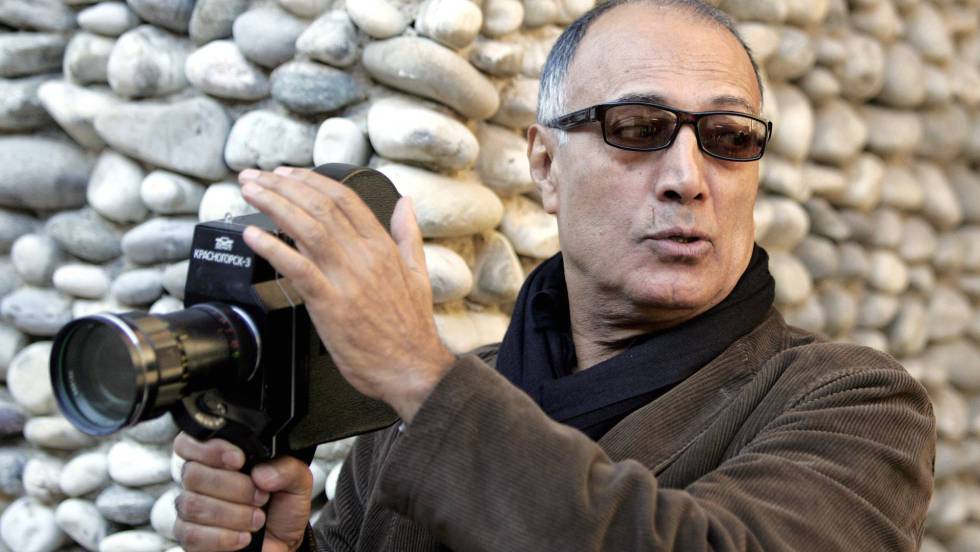
There are many kinds of films; some of them are crafted with big audiences in mind and thus created in common codes and conventions. But there also some films that have more artistic ambitions, rather than commercial ones.
These films are done in very different schemes than the commercial ones, most of the time by directors who are interested in conveying a particular point of view of life.
This ambition has led some filmmakers to develop languages and mechanisms that have expanded film form, and have given us some of the greatest cinematic experiences of film history.
These films are created with a very specific style crafted by directors with specific artistic intentions, who want to create films that go beyond what the viewer is expecting to see. Here is a list on some of the greatest directors of the so-called art house films.
10. Béla Tarr
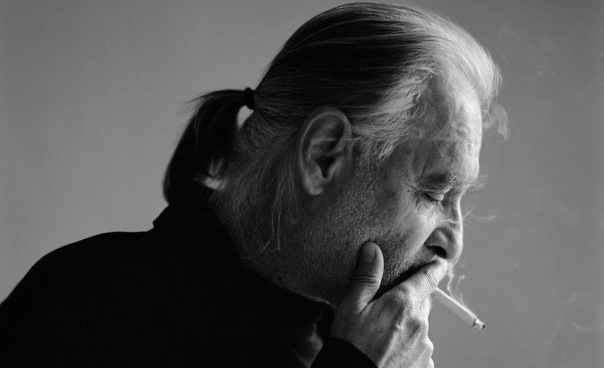
Hungarian director Béla Tarr is a very special filmmaker who has made barely nine films since he started in 1977 with “Family Nest,” but whose films are extremely ambitious and unique projects.
Films such as “Satantango,” which was made in 1994 and is more than 400 minutes long, are example of the radical films that Tarr made. As every great filmmaker, Tarr has a very particular view on filmmaking and film form. His view involves seeing himself more as a worker than as an artist and he also believes in the possibility to develop a language beyond the classic conventions of cinema.
Tarr has described his career as a continuous development of a specific and personal language. He see the culmination of this language in “The Horse of Turin” made in 2011, the films of which he speaks as the end of his career.
After this film, Tarr has said that he wants to dedicate himself to the instruction of the new generations of filmmakers. Another aspect of Tarr that tells us much about his cinema is the specific conditions in which he likes to work; he does not like screenplays and he always works with celluloid.
9. Krzysztof Kieślowski

The Polish filmmaker worked closely with screenwriter Krzysztof Piesiewicz in some of the most complex and moving films in history that are grouped in a trilogy and a Decalogue.
The trilogy was made in France and is based on the three colors of the French flag; in this trilogy, the themes associated with the three colors of the flag are developed and related with a careful and complex emotional construction, sometimes portraying characters that have to get rid to the past or deal with moral dilemmas.
The complexity of Kieslowski can be seen also in the Decalogue, which is based on the 10 commandments, and consists in them chapters in which characters are developed according to each commandment. With these characters, Kieslowski is always looking for way to convey the interior journey, and this led him to expand the expressive threshold of film form and find new means of expression.
8. Abbas Kiarostami
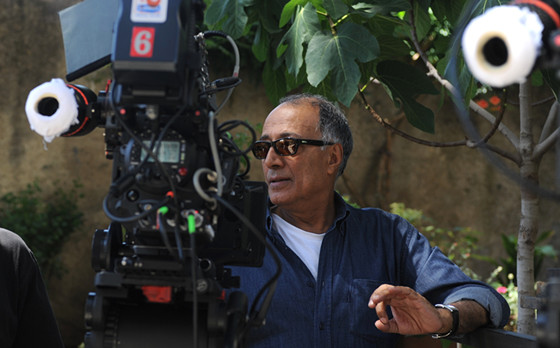
Iranian filmmaker Abbas Kiarostami became one of the most respected filmmakers in the international community since he started making films in the 1970s until his death in 2016. Kiarostami was another director who was interested in reducing his language to essential expressive elements, and through this he generated a unique language and a unique perspective of the world that was conveyed through his films.
He focused on the ordinary events of life and the ordinary characters, using film form to see them in a way in which we discover something that we have not seen or something we have forgotten. This was the great virtue of Kiarostami, to reveal what remained hidden in reality to the language of cinema.
7. Jean-Luc Godard
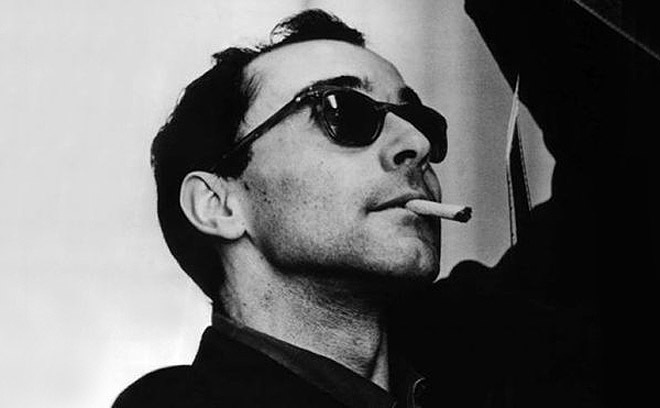
The still-working director from the Nouvelle Vague started his career with the revolutionary “Breathless” in 1960, a film that broke with many conventions of montage, film form and storytelling. Since the French New Wave, Jean-Luc Godard has not stopped making films and has never settled on any conventions. The style of Godard is constantly evolving along with technological advances, to the point that he made a film using phones.
The career of Godard has been constantly influenced by the people by whom he has been surrounded in different moments of his life. To the early romantic interest of his career to his later political thematics, the career of Godard is as varied as prolific. During his career, Godard constantly explored montage to create atmospheres and narrative levels that challenge constantly the viewer. One can never know what to expect when seeing one of his films rather than surprise.
6. Federico Fellini
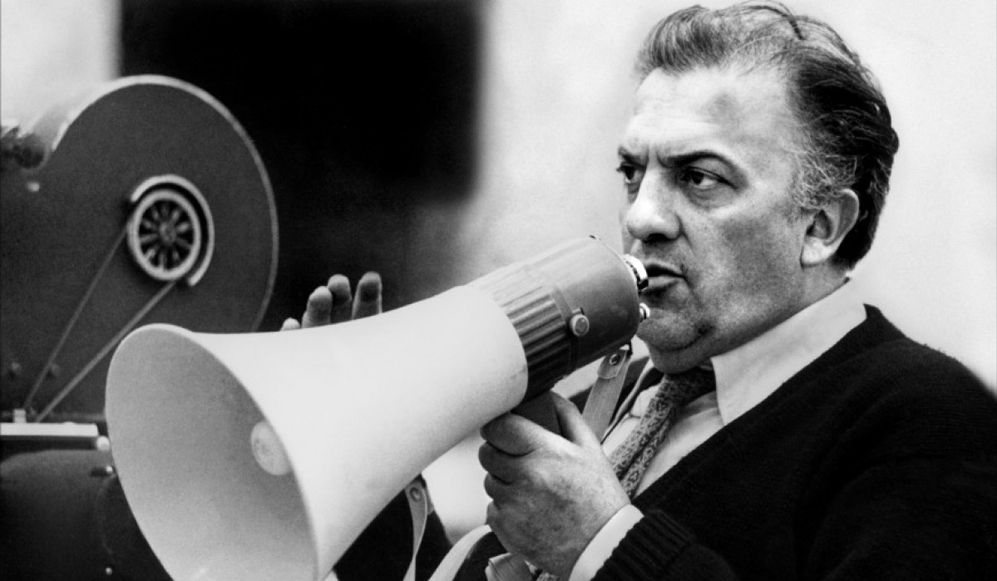
One of the greatest Italian filmmakers, Federico Fellini is one of the directors who most rightly created an adjective with his name. To watch a Fellini film is to enter a world different form the ordinary, a world in which some events that would be impossible can happen, and they happen in such a manner and in such an atmosphere that can be only described as Fellinesque. This is a world of dreams crafted by one of the greatest minds in film history.
A key word when talking about Fellini is ‘dream,’ and it is not only a matter of the nature of the events but about the manner in which they are told. The use that Fellini gives to voiceover is unique to his films; it becomes a continuous commentary of the film itself. Also, the production design is consistent not only in each film, but among many of his films, creating a universe of his own that is full of decadence and irony.